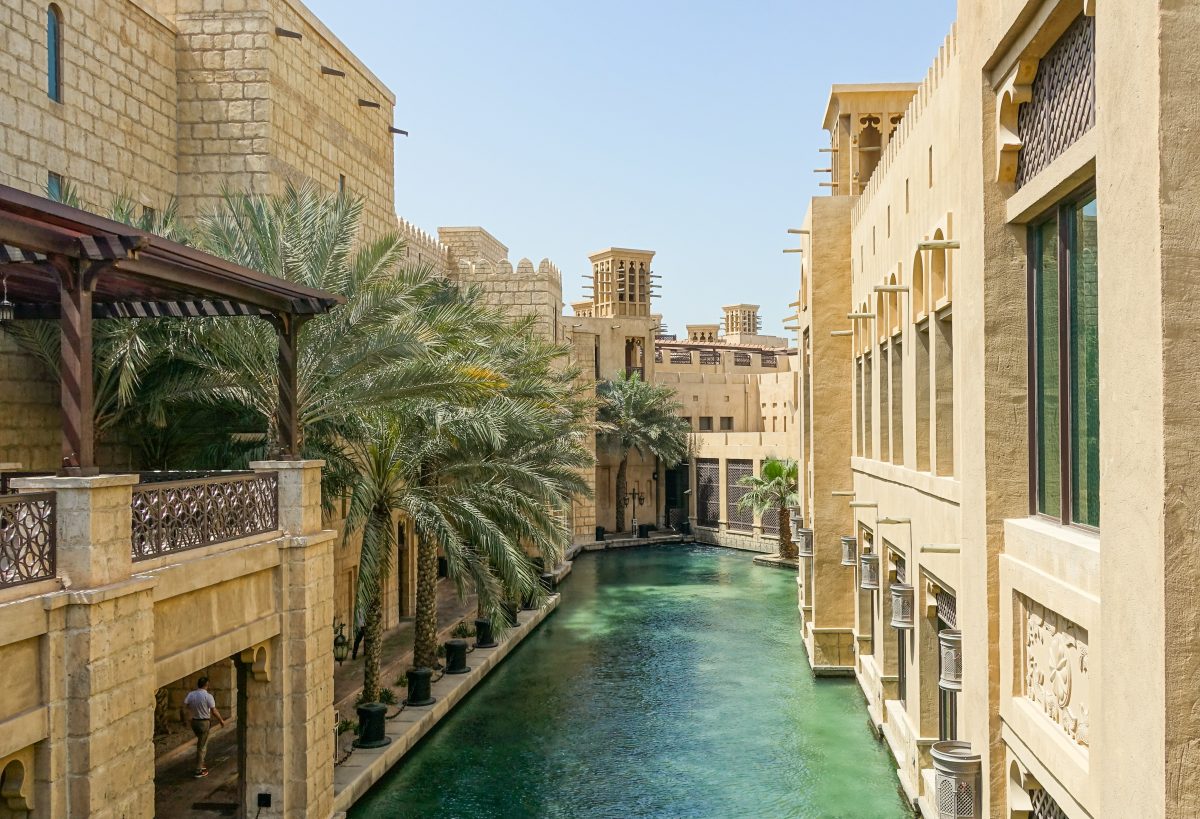The Middle East has become the first region to see its travel and tourism sector exceed pre-pandemic levels this year.
The region home to tourism titan UAE, World Cup host Qatar and hyper-ambitious Saudi Arabia is currently 15 percent ahead in Q1 2023 compared to Q1 2019.
This puts the region well ahead of the global average, where international visitor numbers are 20 percent short of 2019 levels, according to data from the UNWTO.
An estimated 235 million tourists travelled internationally in the first three months, more than double those in the same period of 2022.
Looking ahead, most experts continue to believe international tourism will not return to 2019 levels until 2024 (38 percent) or 2025 or later (23 percent).
Yet, this combined share of 61 percent has decreased slightly compared to the January survey (65 percent) showing improved confidence.
It reflects that an increasing number of destinations are on their way to recovering pre-pandemic levels in 2023 or have already done so in 2022. Some 28 percent of respondents expect the recovery to occur in 2023.
UAE travel and tourism
By the end of this year, it is expected to contribute AED180.6 billion (US$49 billion) to the UAE economy, coming close to the 2019 high of AED183.4 billion ($50 billion), trailing by just 1.5 percent from pre-pandemic levels.
This achievement represents nearly 10 percent of the country’s total economy.
UAE tourism jobs
The UAE’s tourism boom is also forecasted to create nearly 7,000 jobs in 2023, surpassing the pre-pandemic peak of 745,100, and reaching over 758,000 employed in various travel and tourism roles.
In the previous year, the sector’s GDP contribution witnessed an impressive growth of more than 60 percent, reaching nearly AED167 billion, accounting for nine percent of the national economy.
Moreover, over 89,000 new jobs were generated in the sector, surpassing the 2019 levels by an additional 6,000 jobs, and resulting in over 751,000 jobs in total.
According to the latest Economic Impact Report by WTTC, the sector employed over 6.8 million people in the region in the previous year, representing an increase of 865,000 from the year before but still falling 8.7 percent short of the peak in 2019.
However, it is expected that by the end of this year, the industry will nearly recover the jobs lost during the pandemic, being only two percent behind pre-pandemic levels.
Looking forward, the travel and tourism sector is projected to make a significant contribution of nearly AED2.5 trillion ($681 billion) and employ over 9.8 million people over the next decade.
Growing tourism economy
Looking ahead, the WTTC projects that the sector’s GDP contribution will reach AED235.5 billion ($64 billion) by 2033, representing 10.2 percent of the UAE economy.
Over the next decade, the travel and tourism industry is expected to employ more than 872,000 people across the country, constituting nearly 12 percent of all jobs.
In 2022, the Middle East’s travel and tourism sector made a substantial contribution of over AED1.2 trillion ($327 billion) to the regional economy, although it remained 25.3 percent below the peak of 2019.
However, WTTC predicts that by the end of this year, the regional sector’s GDP contribution will exceed AED1.5 trillion ($413.2 billion) and come close to the 2019 high point.
Tags: COVID-19 pandemic, FIFA World Cup Qatar 2022, International tourism, International visitors, Middle East, Tourism boom, Tourism industry, travel and tourism, UNWTO, World Travel & Tourism Council (WTTC)
